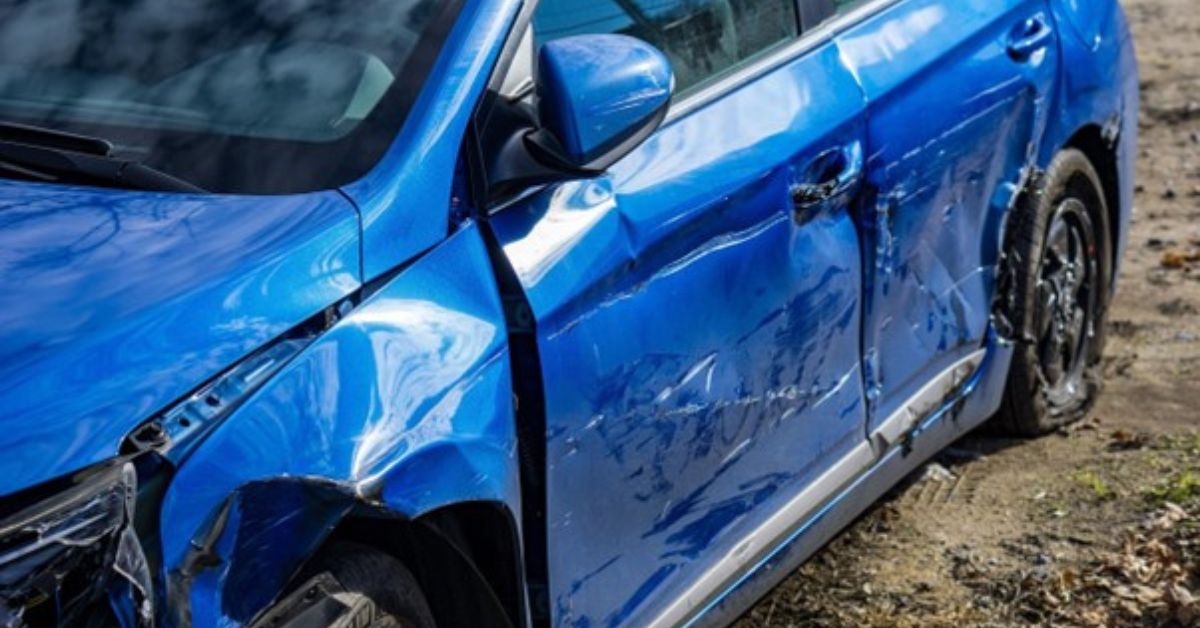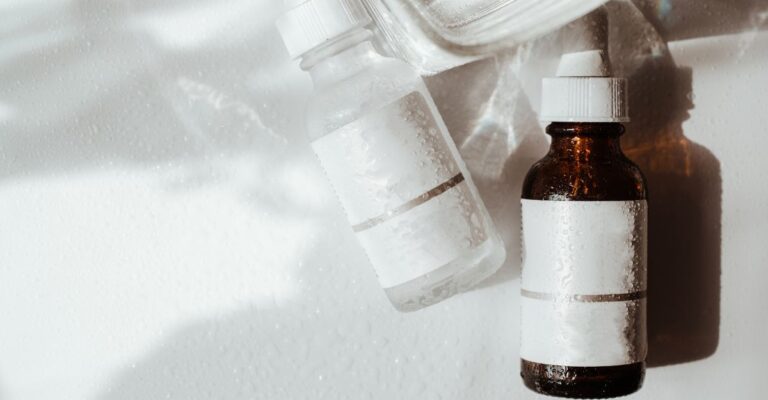Bumper Repair for Modern Vehicles: Complete Guide

Modern bumpers not only protect your cars but also come with advanced smart features. But if damaged, it causes inconvenience. Bumper repair today involves damage assessment, understanding bumper types for modern cars, and using specialised repair methods.
Bumpers in modern cars are not just design elements; they act as a safety net for both drivers and pedestrians. These absorb the impact forces during low-speed collisions and protect the car’s expensive components. Technologies like ADAS sensors and parking assistance have become common in Australia, making bumpers more functional. However, if damaged, it causes major inconvenience.
Bumper repair typically involves fixing scratches, dents, or cracks. It is important to get your bumper repaired soon after a collision, as driving with visible and serious damage is illegal in Australia. Whether it’s a small dent repair or a full rear bumper replacement, choosing a competent repair service can ensure safety and legal compliance.
Read the blog to know the types of bumper damage and bumper repair methods.
What Are Modern Car Bumpers Made Of?
Modern car bumpers are primarily composed of plastics and polymers. Some designs use EPP foam for better shock absorption, while heavy-duty trucks may incorporate steel and aluminium for better protection.
The modern features, like foams and sensors, ensure better safety than standard bumper designs.
| Feature | Modern Bumper | Older Bumper |
| Material | Plastic, polymers, and composites | Metal, steel, and aluminium |
| Sensors | Yes | No |
| Replace Cost | Higher costs | Moderate costs |
| Energy Absorption | Better energy absorption | Poor energy absorption |
| Repairability | Depends on damage type | Easier for basic damage like small dent repair |
Table 1: Modern vs old design bumpers
With modern smart features, better energy absorption, and new materials, bumper repairs for vehicles come at higher costs.
Bumper Damage: Most Common Types
Modern bumpers can suffer from different types of damage, each requiring a unique bumper repair approach.
1. Scratches
Scratches on the bumper surface look like ugly lines or colour changes. These not only alter your car’s look but can also reduce the resale value. Some common causes are parking accidents, deliberate damage, or road barriers.
Minor Scuffs:Minor scuffs barely damage the car’s appearance. Scuffs do not usually penetrate the clear paint coat of the bumper. While being cosmetic, these are clearly visible.
Deep Scratch: Deep scratches on a car bumper can cut through the clear coat of the paint, exposing the underlying material. Unlike superficial marks, these make the bumpers vulnerable to corrosion and rust.
2. Dents
Dents are surface damage on bumpers caused by low-speed accidents, which compromise both the bumper’s structural integrity and the car’s appearance.
Small Dents: Minor impacts cause small indentations on your car’s bumper. The small size of the colliding object naturally causes less damage.
Creased Dents:Creased dents distort the bumper’s shape with sharp lines that may reduce its ability to absorb impact.
Compression Dents: These are noticeable and often seen on the mid-bumper. These are usually caused by hitting poles, and their severity depends on the depth of the dent.
3. Cracks
Bumper cracks on cars are fractures or splits in the plastic material, often caused by slow-impact crashes. These are more than cosmetic damage as they might compromise the ability of the bumper to absorb shock impact.
Surface-level Cracks: Minor cosmetic issues affect the outer layer of your car’s bumper. These are caused by small impacts and usually don’t affect the structural integrity.
Deep Cracks: Deep cracks can penetrate through multiple layers. The bumper material can face serious damage as a result.
A proper assessment is needed to identify the damage and then go for the right kind of bumper repair.
Bumper Repair or Replacement?
Whether your car bumper needs repair or replacement depends on the type of damage, sensor location, and age of the car.
| Damage Type | Repair | Replace | Notes |
| Surface scratch | Yes | No | Since it does not penetrate the paint layer, a minor repair is enough |
| Small dent | Yes | No | Small dents usually need cosmetic fixes |
| Surface cracks | Often | Sometimes | Plastic welding can fix minor cracks |
| Deep scratch | Sometimes | Often | Deep scratches can possibly damage the functionality and thus need extensive repair |
| Deep cracks | No | Yes | Replacement is needed for structural integrity and safety |
| Compression dent | Sometimes | Often | Replacement needed depending on size and severity |
Table 2: Bumper Repair vs Replacement
Get your car bumper checked by an expert car repair service to assess the damage and the need for replacement or repair.
Bumper Repair Methods by Professional Services
Professional bumper repair services use advanced methods to fix your car. With separate methods allotted based on damage severity, these services make your car look brand new.
1. Paintless Dent Removal System
The PDR method is suitable for both deep and small dent repairs.
The commonly used tools are:
- Glue pillar kits
- PDR rods
- Suction cups
- Tap Down Tools
While a basic glue pulling kit or a suction cup is used for small dent repair, deep dents need a PDR rod kit.
2. Plastic Welding
Plastic welding repairs a bumper by melting and fusing the broken plastic pieces back together. This bumper repair method uses heat and specialised welders to restore the structure.
Here are the tools used for this method:
- Plastic welder
- Cutting tools
- Plier
Hot stapler kits are often used to fix cracks and tears, whereas torn-off sections are repaired using plastic welders.
3. Repainting
Repainting restores the bumper’s actual colour and finishes after repairs. It ensures that the car looks as good as new and protects its surface from corrosion and rust.
These are the commonly used tools:
- Spray gun
- Sandpaper
- Primer and paint
- Clear coat finish
- Polishing machine
For minor paint scratches, blending methods would be perfect. In case of deep paint damage, respraying the entire bumper would restore its appearance. Final polishing guarantees the blend of new paint with the rest of the car’s body.
In Summation
Modern car bumpers are designed to protect your car and the passengers, but advanced features make repairs more complex yet effective than before. From dents to deep cracks, advanced bumper repair methods like PDR, plastic welding, and repainting can restore your car’s appearance while offering utmost safety. And this calls for a professional touch, which means you need to take your car to the nearest professional to get the damage checked.
Looking for the Best Car Repair Service?
If your car’s bumper is damaged, stop waiting and connect with a trusted repair service for proper damage assessment and high-quality repairs.
Also Read: 5starsstocks.com: Your Complete Guide to Stock Market Insights






